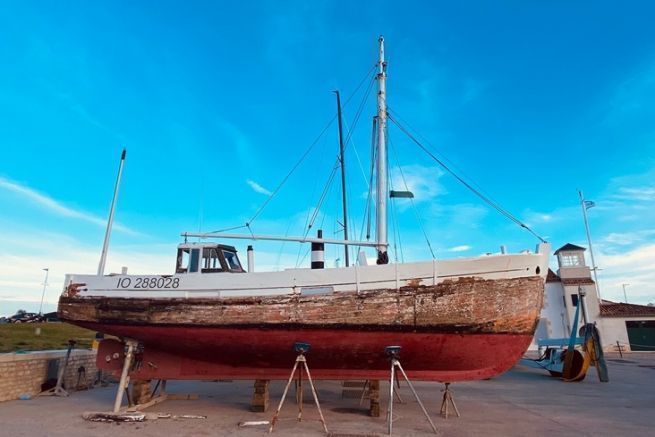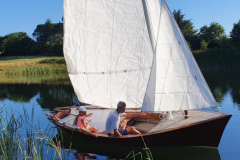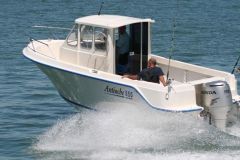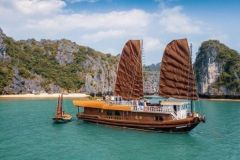If you've ever wandered around the port of Saint-Martin-de-Ré, this fishing pinasse, a former shrimp boat, called the "Cradle of Moses" must mean something to you. It is part of the landscape, moored at the port for more than 40 years.
History of the boat
For the record, this boat was built in 1958 at the Sorlut shipyard in Château-d'Oléron. It belonged at the time to Moïse Massé, a shrimp fisherman based at La Cotinière on the neighbouring island of Oléron. Following a fishing accident, Moïse decided to part with it and so the Sevène family became owners of this boat full of history and brought it back to the port of Saint-Martin-de-Ré in 1979. A trawler of 9 m long by 3.30 m wide, weighing 11 tons and equipped with an original 60 hp Baudouin DP2 engine (the last in the region).
As the "Cradle of Moses" was no longer able to sail safely, Thomas Sévène decided to give it a second wind and entrusted this restoration to a company from Rhétaise: The Charpente Coast Shipyard. This fishing pinasse has not changed its name or registration since its creation and should subsequently be classified as a "historical monument".
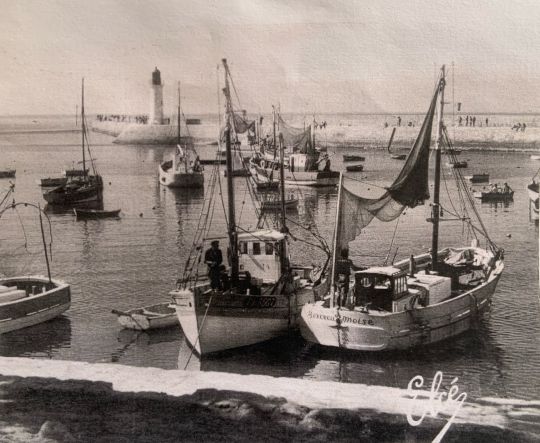
A restoration entrusted to the Charpente Coast shipyard.
We met Thomas Pentecoste, manager of the company Charpente Coast based in Ars-en-Ré since 2018, who is in charge of the complete restoration of the trawler, accompanied by Alex, a marine carpenter based in Saint-Martin-de-Ré who knows the boat well.
"We're going to recreate the bridge and the bulwark, which is above the precinct, because the wood was rotten." Thomas explains that one of the major problems in the maintenance of wooden boats is preventing mould. Mould will grow in contact with fresh water (rainwater), but it will not grow in contact with salt water, which keeps the wood in good condition.
The stages of the renovation
The boat was lifted out of the water in mid-October 2020. After a complete diagnosis of the hull, work was able to begin on November 16. It started for a few months of work in the port of Saint-Martin-de-Ré. Work that will be carried out with respect for traditional know-how.
Dismantling:
The entire structure above the precembracing has been dismantled. "We had to remove all the parts that make up the boat: pre-fabricated, gunwale, bows, legs, cabin, mast, while preserving the original parts as well as possible so that we could rebuild them in the workshop", says Thomas
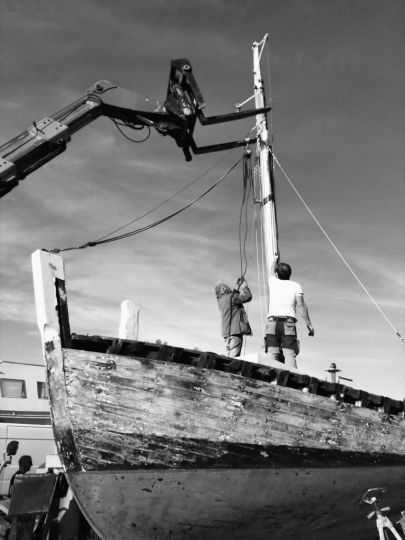
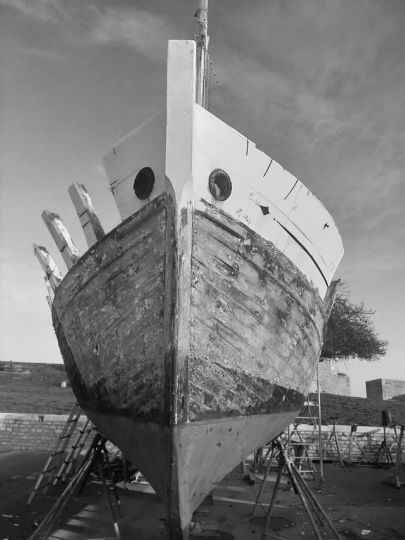
Solidify the turn of the boat :
In order to tighten the structure of the boat, the pre-bracing was redone and reattached.
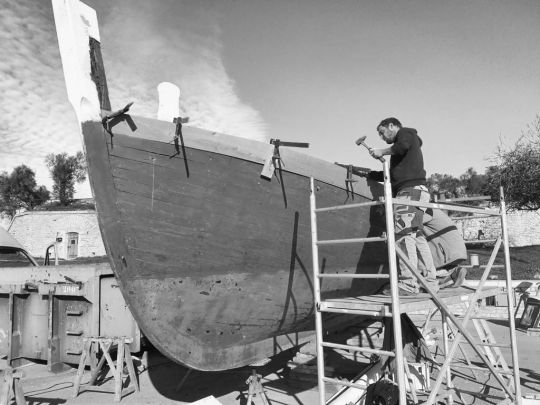
Manufacturing parts in the workshop
" The whole structure of the boat is made of oak, only the cabin will be in pine and mahogany ." The Charpente Coast shipyard will manufacture all the parts in their workshop located in Ars-en-Ré a few miles away. The pre-stringer (upper strake of the planking, just below the gunwale), the bows (transverse pieces of wood supporting the deck), the gunwale (wooden slat surrounding the deck of a boat), the jambs (upper extension of the frame extensions, above the deck), the bulwark edges (part of the hull that exceeds the level of the deck), the mast. All these parts will be cut and worked with the sawmill, planer and then by hand. There will also be some carpentry with the reproduction of the trawler's cabin.
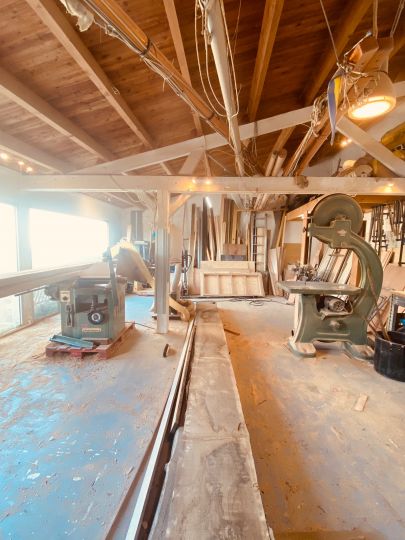
The assembly
As time goes by, the parts will be reassembled on the boat while keeping the traditional techniques. " We're going to use carvelles [big square section nail] to assemble the planks [the planks making up the outer hull of the ship] on the members [parts making up the transverse structure of the ship's hull]." These 30 mm steel nails limit the risk of splintering of the parts to be assembled and thus avoid cracking the wood.
Then the deck covering will be installed, the cabin and finally the mast.
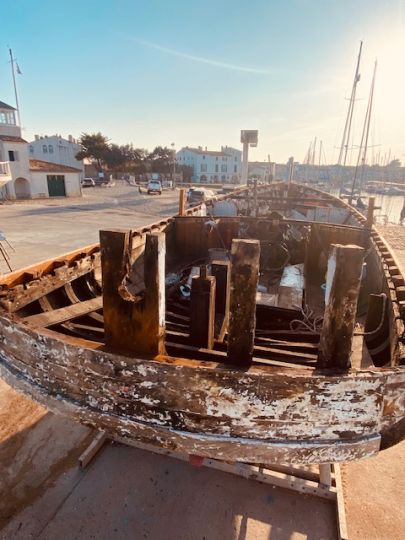
Caulking
Last step before painting, caulking. This is the technique used to make boats watertight by filling the gaps between the different planks of the hull. It will be made from tarred rope and will prevent water infiltration.
The "Cradle of Moses" is therefore being restored and we hope to see it sailing soon in the waters of the Pertuis Breton.
